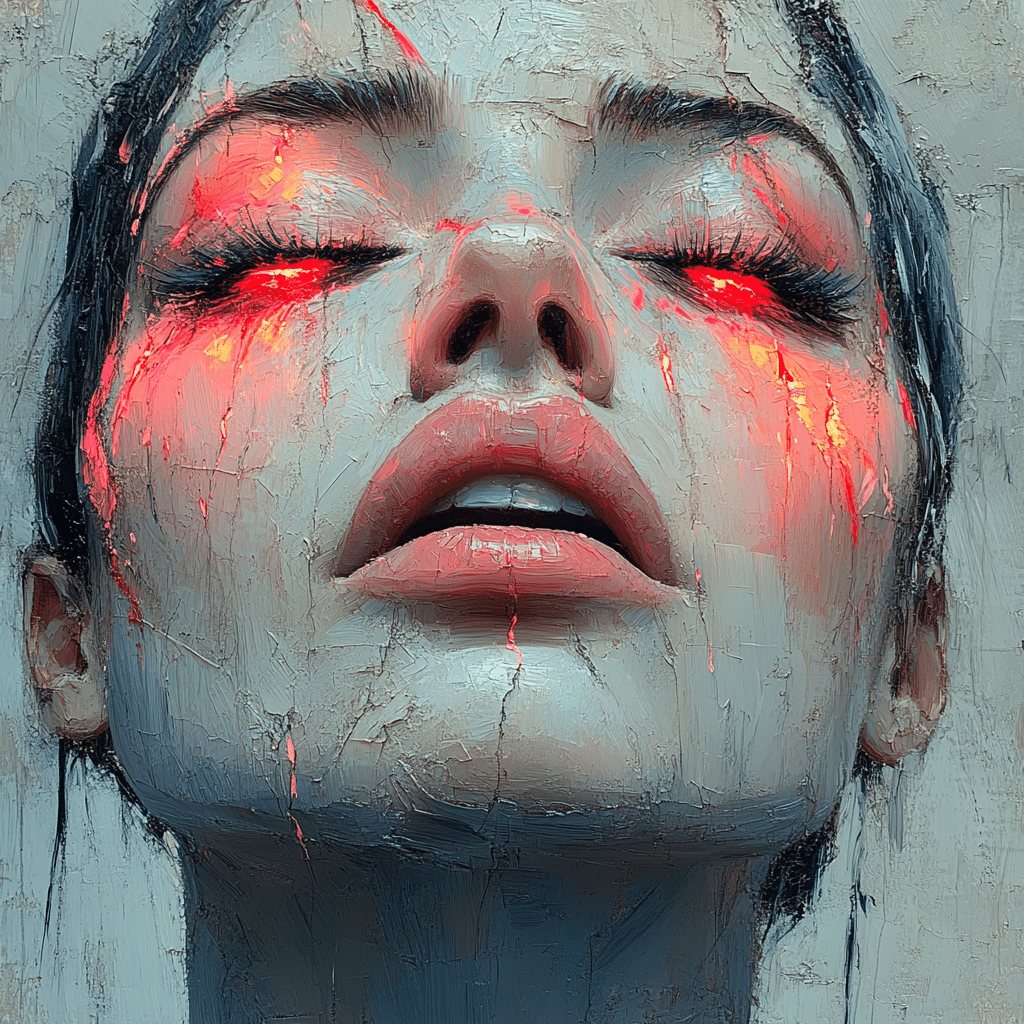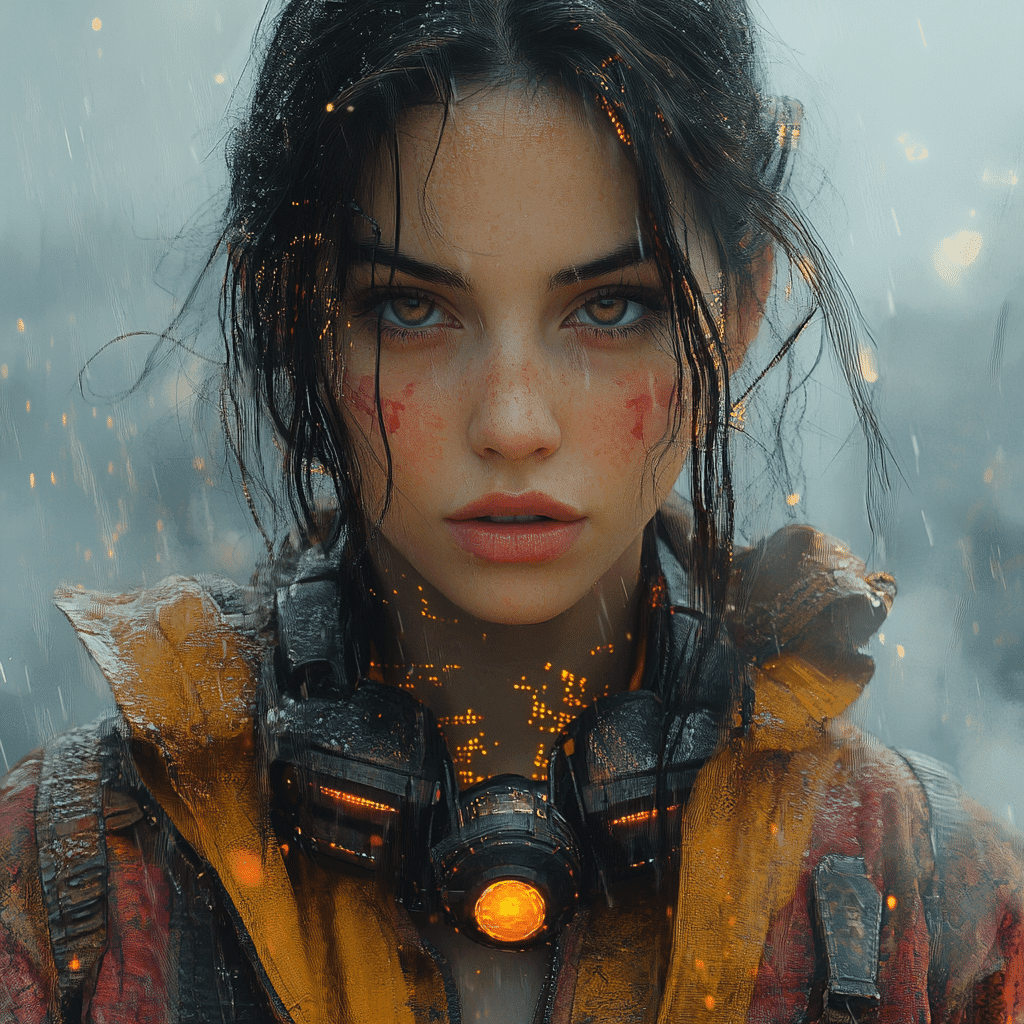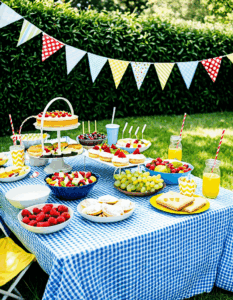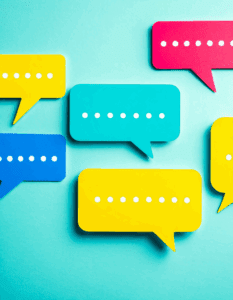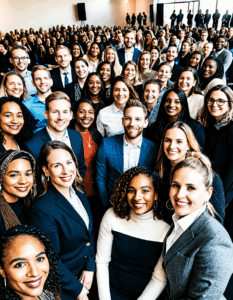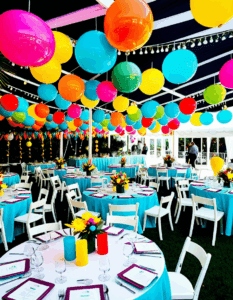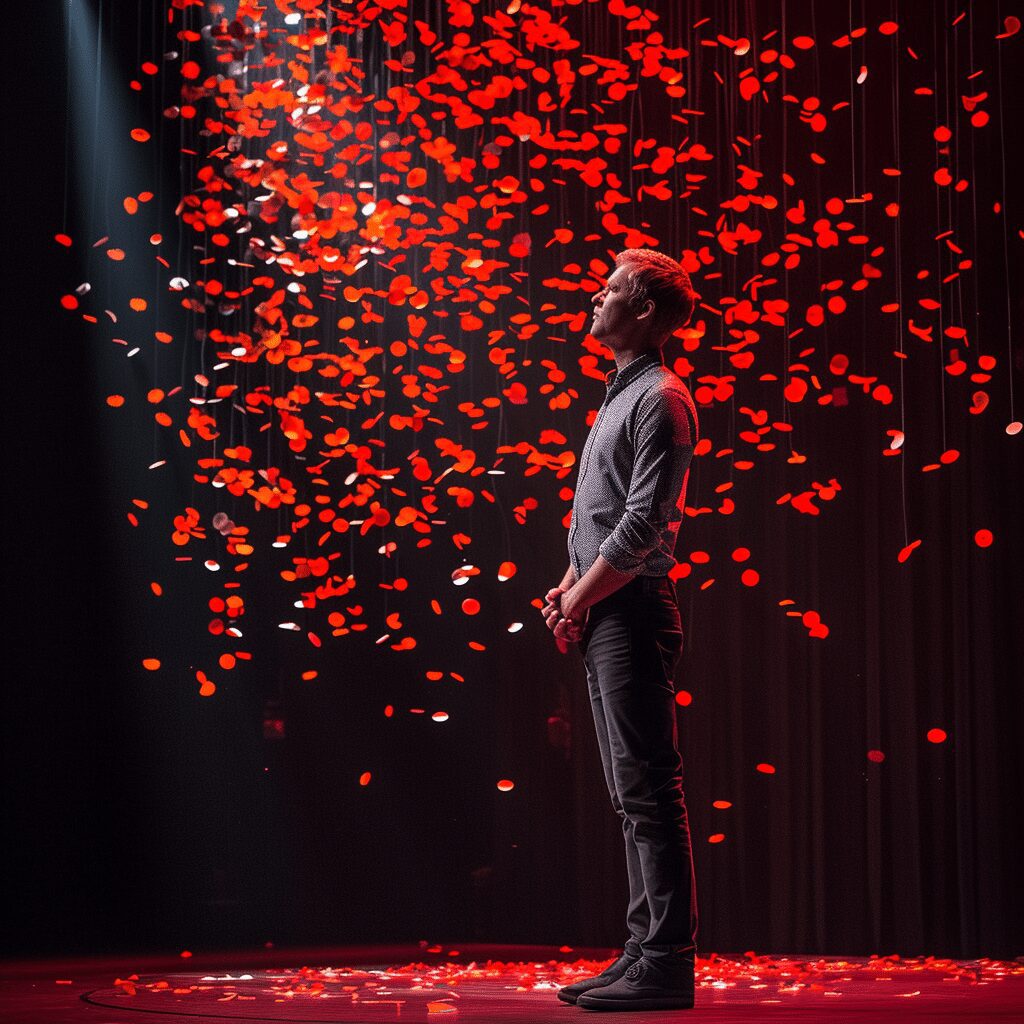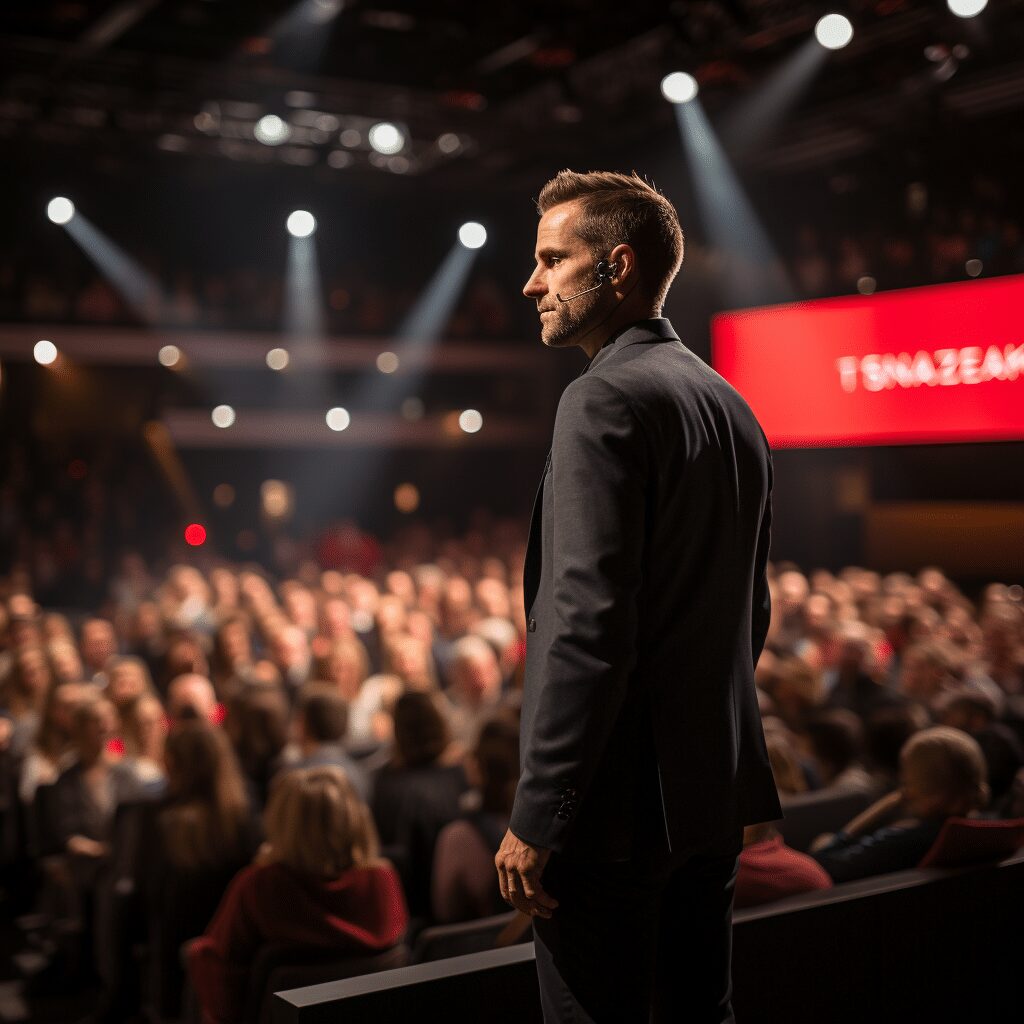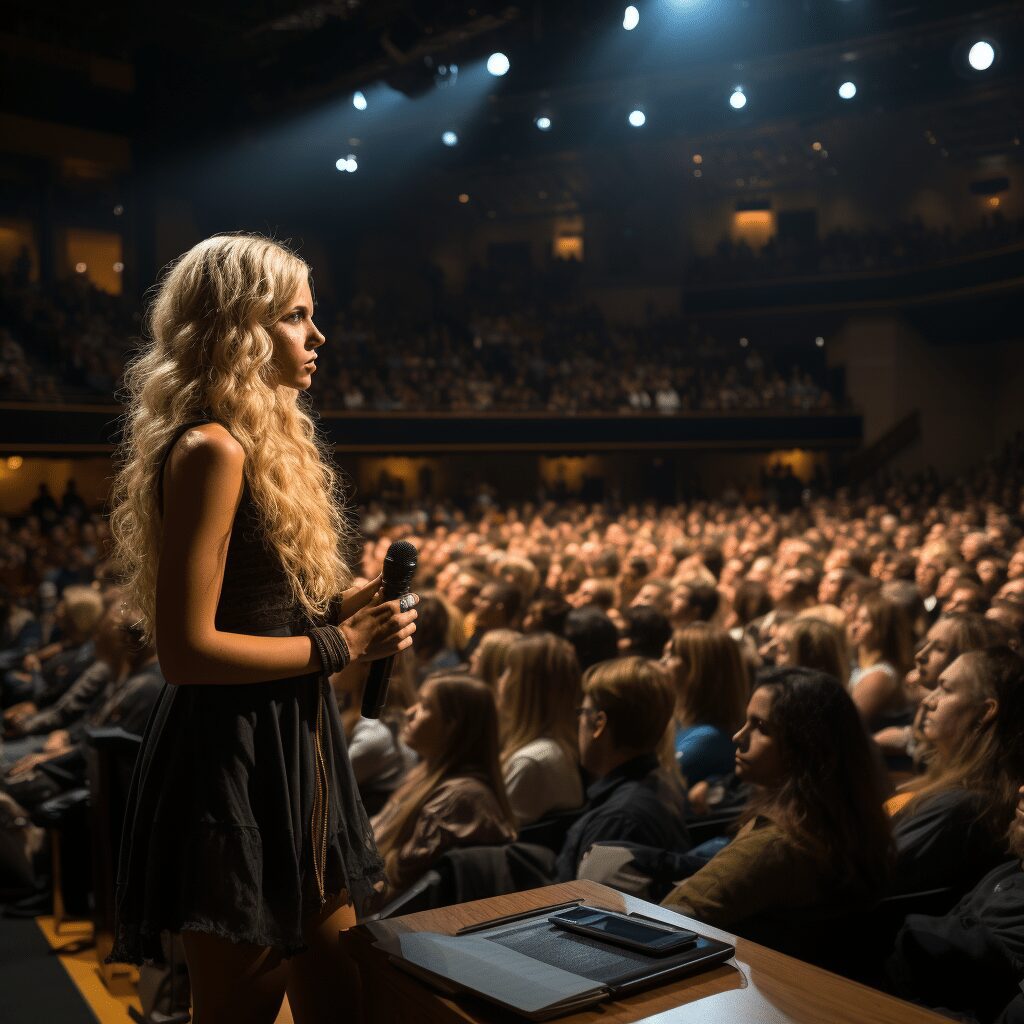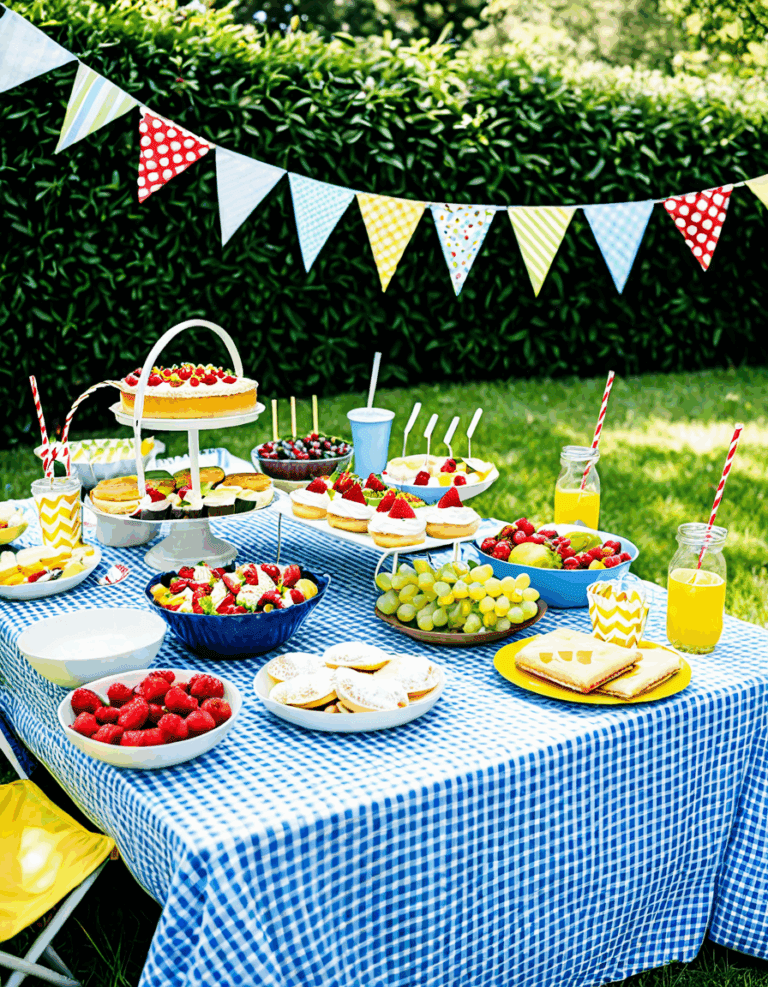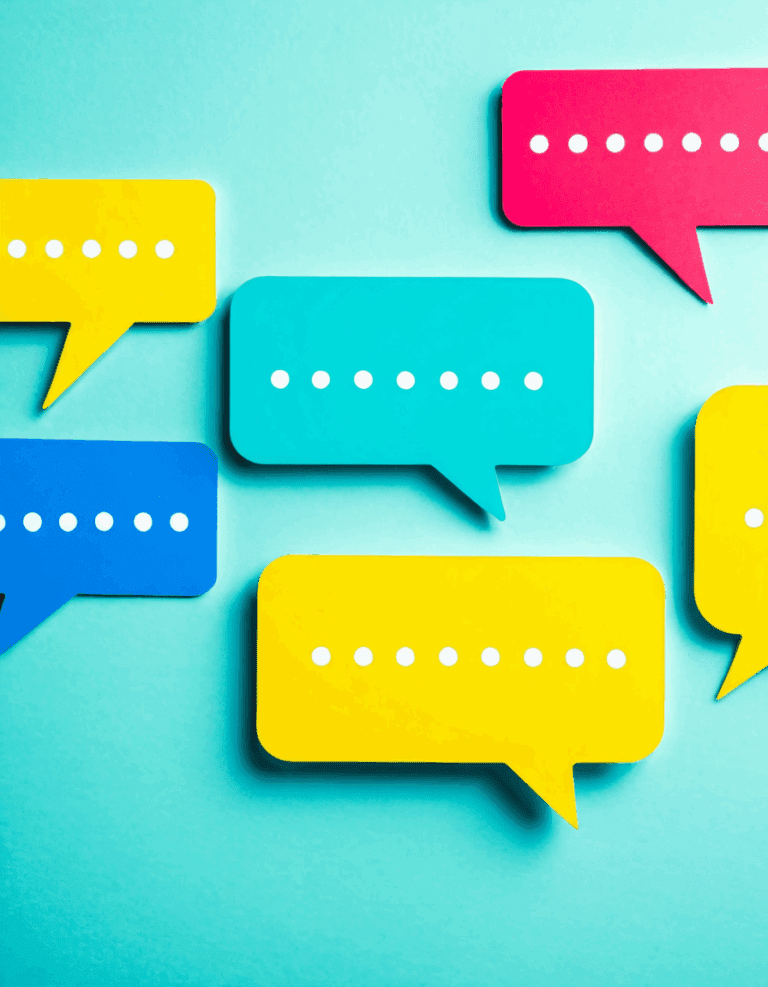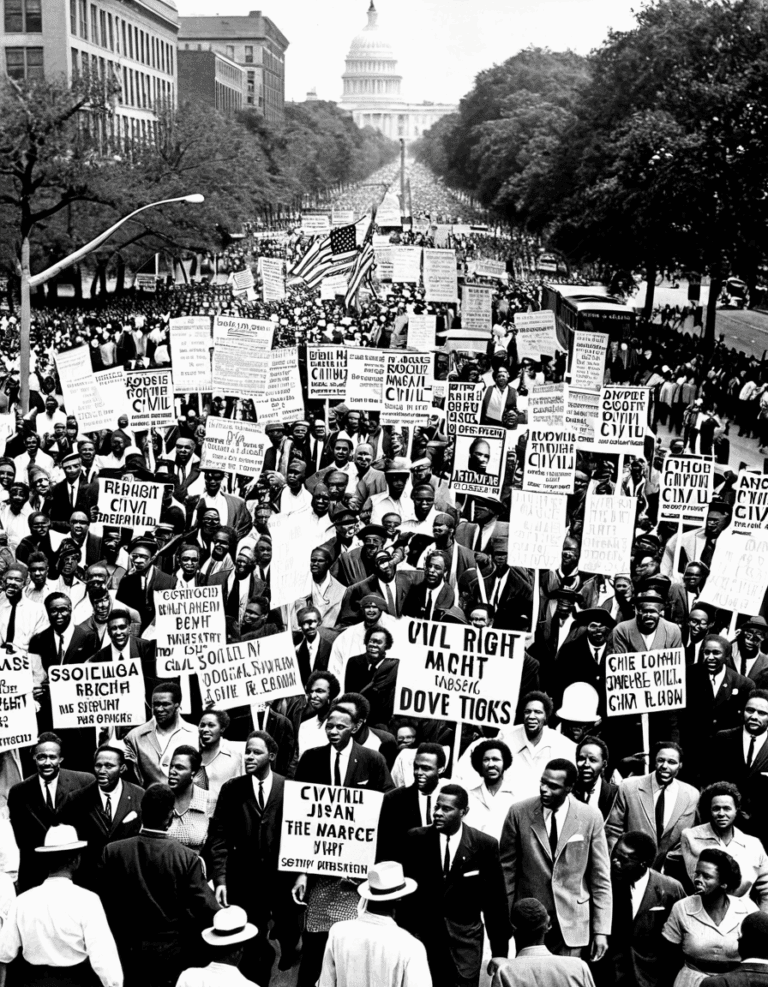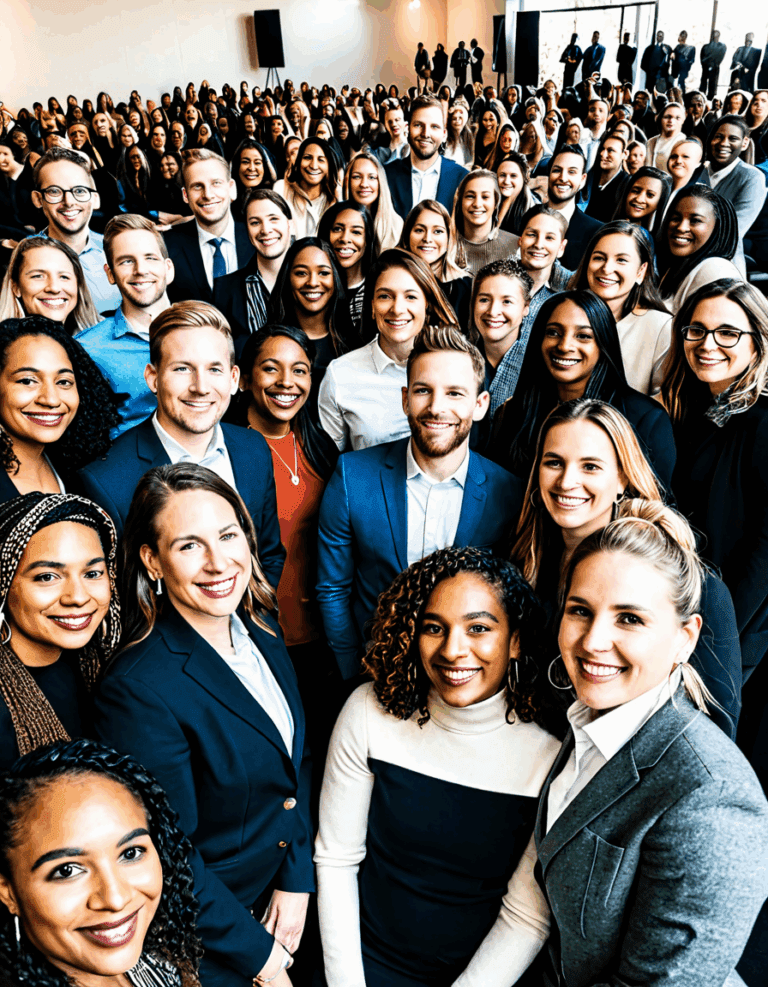The Rise of AI Art: A New Era of Creative Expression
As we enter 2024, AI art is taking center stage as a transformative force in creativity. This technology is enabling artists and technologists to explore new frontiers, shaking up traditional notions of what art can be. With the advent of AI art generators, like DALL-E 2 from OpenAI, artists with no formal training can now express their visions without boundaries. It’s incredible how AI tools open the door for everyone, inviting individuals to engage with art on their own terms, regardless of their past experiences.
The social fabric surrounding art is shifting too. AI art is pushing us to consider deeper questions about artistry and innovation. As artists embrace these advancements, they’re crafting pieces that tug at the strings of our emotions while showcasing the capabilities of math AI. These AI-driven platforms are making creativity accessible, allowing everyone to tap their imagination and generate visually captivating work that challenges the status quo.
With AI becoming a collaborative partner in creativity, it builds a community that thrives on sharing and collaboration. This cultural shift not only enhances individual expression but also fosters a collective journey towards re-imagining societal norms surrounding art and creativity. We stand at the precipice of a new era where art is no longer reserved for a select few but is democratized for everyone.
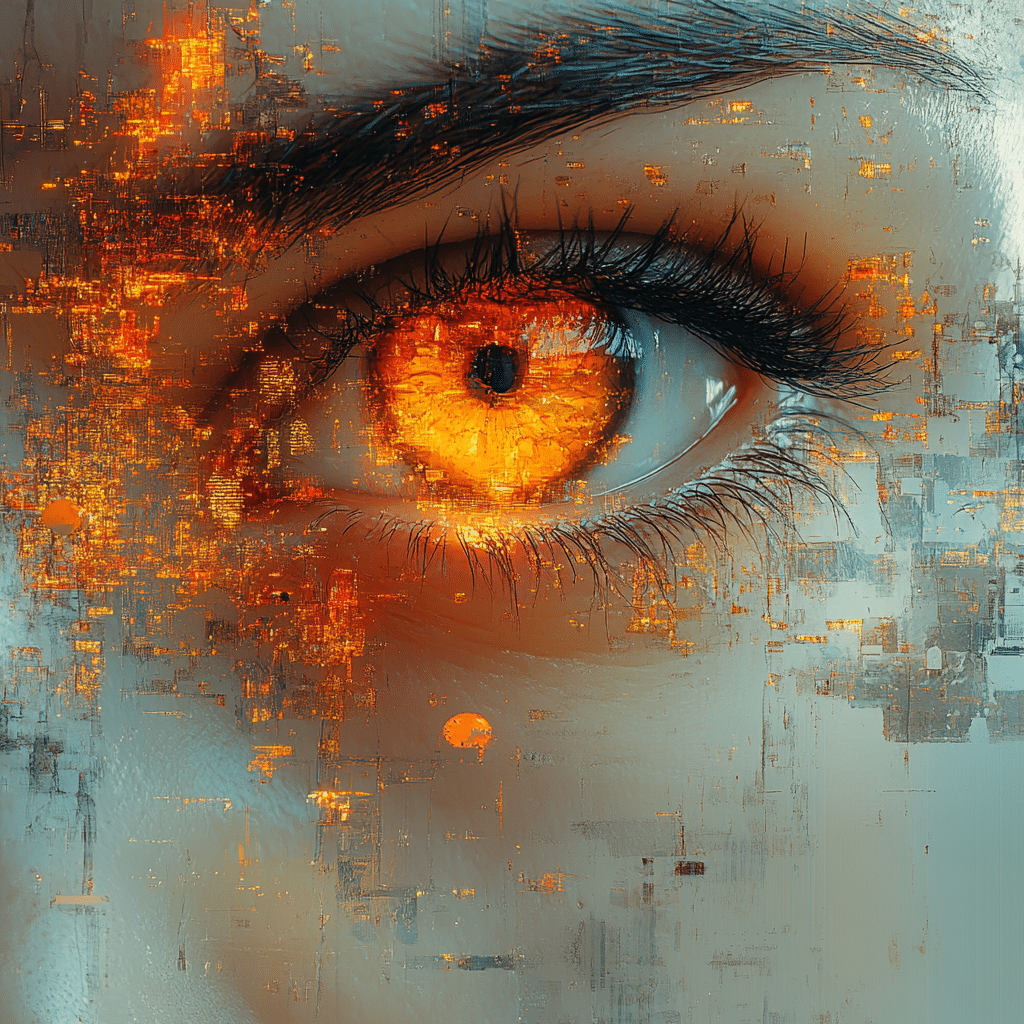
Top 7 AI Art Tools Revolutionizing Creativity
The arsenal of today’s visual creators has expanded to include cutting-edge AI technologies. Here are seven innovative artificial intelligence platforms that are shaking up the art scene:
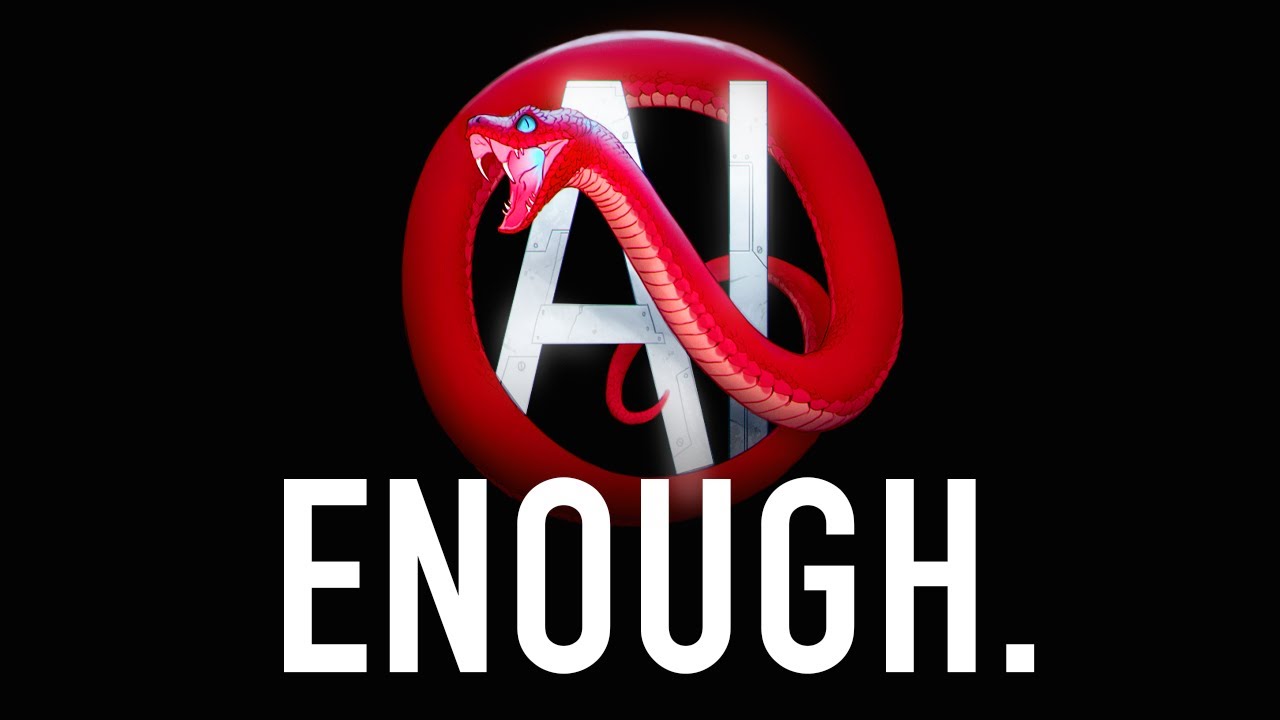
The Math Behind AI Art: How Algorithms Fuel Creativity
Underpinning AI art is a complex web of algorithms, where advanced mathematics plays a crucial role. Neural networks, for instance, help in crafting generative art that resonates with human taste. By diving into these mathematical principles, artists can maximize the potential of their AI tools to create authentic, engaging pieces.
AI models leverage mathematical frameworks to decipher aesthetics, patterns, and artistic styles. This allows them to produce art that closely mirrors the subtleties of human creativity. By analyzing massive datasets and learning from interactions with artists, these algorithms continually evolve, making their outputs not just mathematically sound but profoundly touching.
The learning process within these models is nothing short of transformative. As they gather insights and refine their techniques, AI tools become adept at producing art that resonates with our emotions. This convergence of mathematics and artistry is reshaping how we view the creative landscape.
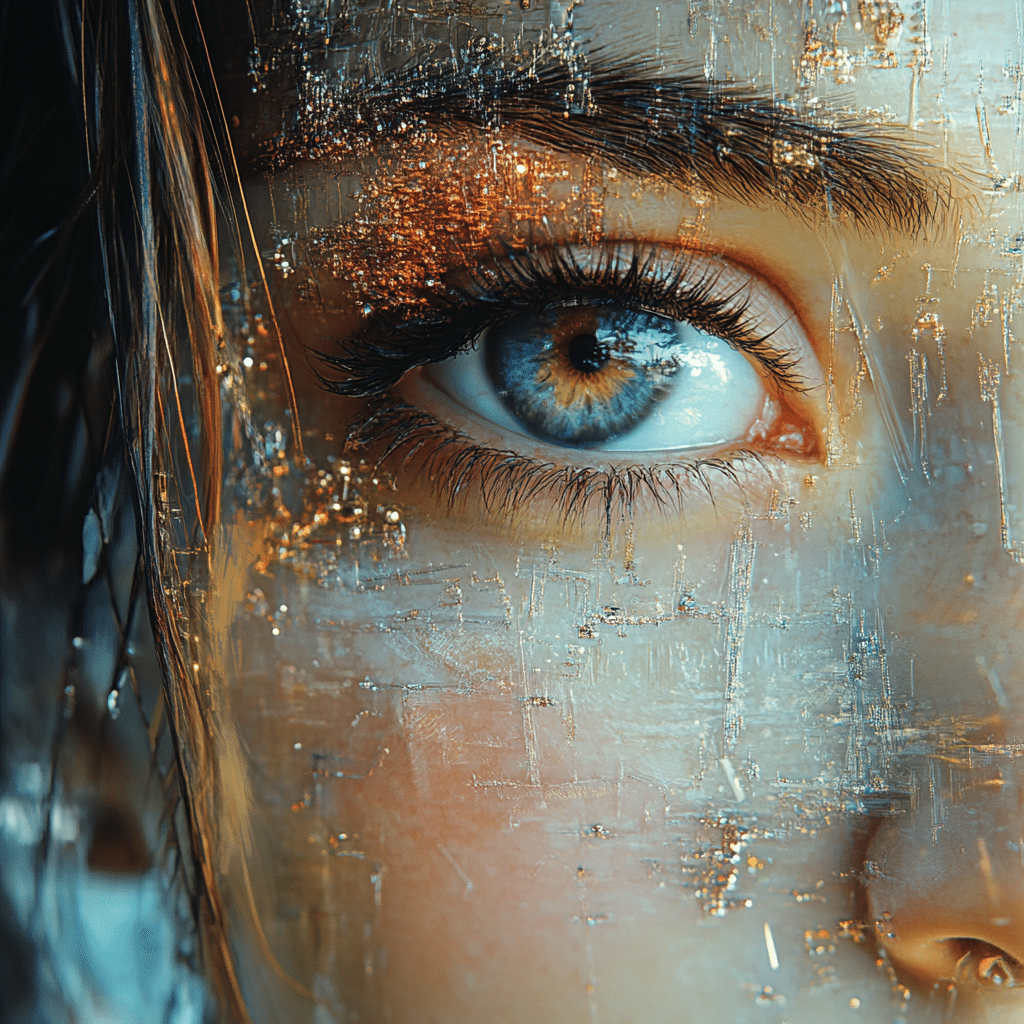
The Role of AI in Music and Sound Design
It’s not just the visual arts that are benefiting from the rise of AI. The realm of music is also seeing a remarkable fusion of artistry and technology. Platforms such as FL Studio now include AI-assisted plugins that help streamline the sound design process and inspire composition. These tools analyze current music trends, guiding composers toward melodies that resonate with various audiences.
The software AIVA (Artificial Intelligence Virtual Artist) illustrates this integration perfectly. By learning from a rich database of music, AIVA can compose tracks across a variety of genres, showcasing how AI can bolster musical creativity. This relationship between technology and sound design expands the possibilities for composers, allowing them to focus more on creativity and less on technical constraints.
As these tools advance, they’ll likely foster even more innovations in the music industry, enhancing storytelling through sound and expanding how we think about audio sharing and collaboration. Ultimately, the blend of AI and music enriches the overall creative experience, proving that collaboration with technology can lead to extraordinary outcomes.
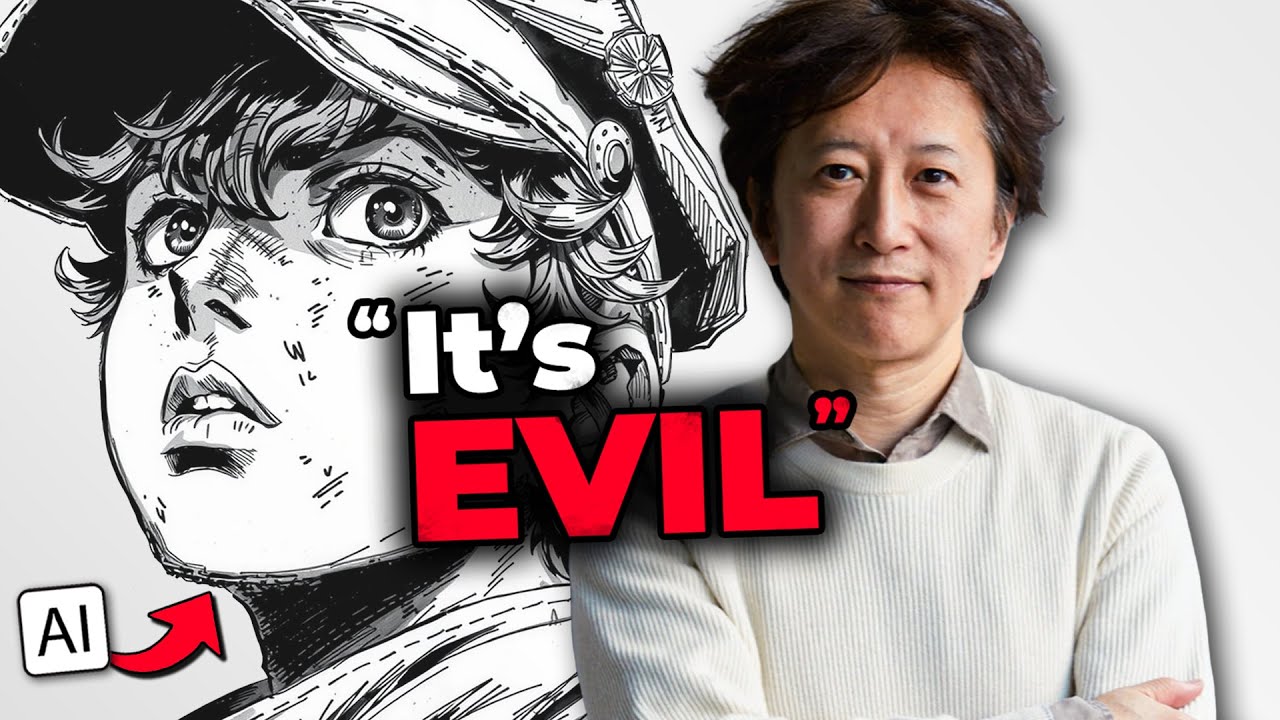
Ethical Considerations: Balancing Innovation with Authenticity
With the rise of AI art, ethical questions begin to crop up. One pivotal question is about authenticity: Who truly owns a piece of art made by AI? As artists navigate this landscape, they must consider the role of AI as both a valuable tool and a co-creator in their imaginative endeavors.
Issues of copyright and appropriation loom large in discussions about AI-generated content. Maintaining transparency about the use of AI in creating art is essential, ensuring that innovation does not eclipse the significance of human creativity. Artists must engage in dialogues about these implications to navigate the complexities of creation responsibly.
Moreover, the art community is called to action, debating how to uphold the essence of artistic expression as technology grows more capable. Ensuring that the creative voice remains at the forefront amidst technological evolution is crucial for preserving the integrity of art as a cultural cornerstone.
Embracing Change: The Future of AI Art and the Human Experience
Looking ahead, the synergy between AI and human creativity will only deepen. As technology advances, we are likely to witness the birth of new art forms and movements that blend timeless techniques with contemporary aesthetics. The rise of tools like Gemini AI and Bard AI points toward a collaborative future that redefines how we perceive authorship and ownership in art.
As we embrace these extraordinary advancements, both enthusiasts and professionals are challenged to adapt. While the magic of tradition remains, the exploration of new avenues allows artists to extend their reach and delve deeper into their craft. The trajectory ahead promises not just a continuation but a transformation of artistic expression as we seek new ways to define and showcase our humanity.
Diving deep into AI art isn’t just about embracing technology; it’s about expanding the very notion of what it means to be creative in our world. By harnessing these tools, artists everywhere can soar to new heights, inspiring dialogues that push us forward into a vibrant, imaginative future. The canvas of creativity now stretches wider than ever—let’s step into this bright new era together!
AI Art: Transforming Creativity with Extraordinary Technology
The Emerging Landscape of AI Art
Did you know AI art is not just about creating visuals? It’s a whole new ballgame in the creative industry. With the growth of computer science, artists are now using algorithms and machine learning to push artistic boundaries. The fascinating journey of AI art includes a variety of techniques, including augmented reality, which adds an exciting layer of interaction and immersion. Fun fact: This technology is revolutionizing how we perceive and engage with art, making it more dynamic and participatory.
Alongside algorithmic art, the influence of digital creations by artists like Griffin Cleverly proves just how weird and wonderful AI can get. His innovations are perfect examples of what happens when an artist Dives deep into artificial intelligence. For those curious about AI’s broader impact, there’s even a notable link between Annapolis High school and notable research initiatives that explore the intersection of creativity and technology. Isn’t it wild to think that students today may witness the dawn of a new creative movement shaped by AI?
The Future is Now
And here’s another interesting tidbit: AI-generated art is becoming a hot ticket item in the stock in The market. Collectors and investors are keeping an eye on emerging trends as they recognize the potential of these digital pieces to appreciate in value. With AI art taking off, it’s no wonder enthusiasts are crafting day drinking Outfits just to celebrate these cultural shifts. One might say,Why not? after all, art and fun often go hand-in-hand!
As we ponder the future of AI art, it’s enlightening to reflect on how institutions like Johns Hopkins are integrating AI into educational programs, preparing the next generation of innovators. Imagine a world where every canvas is a playground for machines and humans alike, creating beauty together. It’s a thrilling time for artists ready to embrace this tech-driven creativity!
